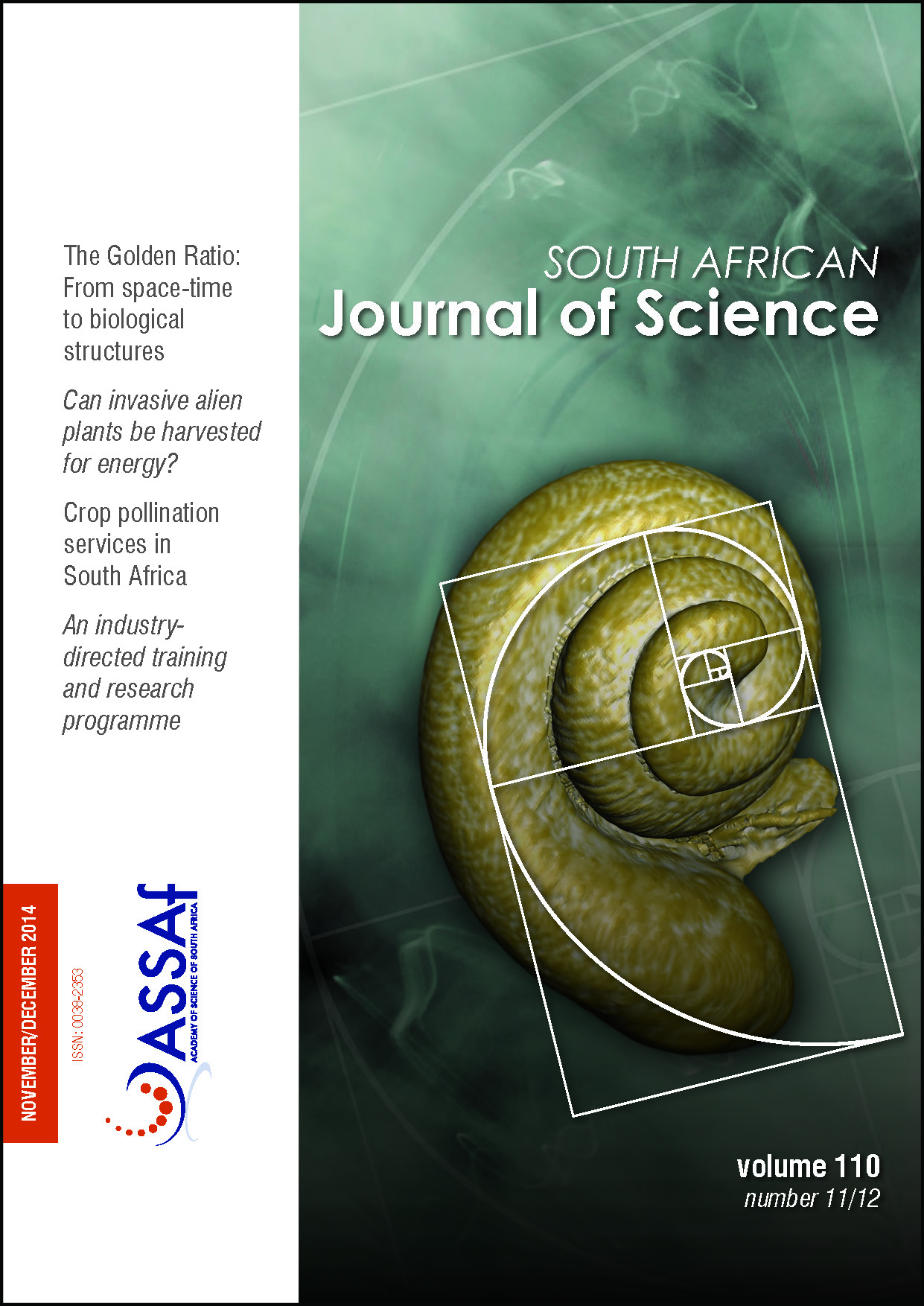Factors affecting graduation and student dropout rates at the University of KwaZulu-Natal
DOI:
https://doi.org/10.1590/sajs.2014/20140008Keywords:
competing risks, graduation rates, dropout rates, university, survival analysisAbstract
This paper aims to introduce into the literature a competing risks methodology that can be used to help identify some student-specific and/or institutional factors which may be influencing the type of outcome experienced by a student when they leave the university system. Focusing on the length of time that it takes students to graduate or drop out from their studies, this new methodology was applied to a database comprising all students enrolled for a degree at the University of KwaZulu-Natal between the years 2004 and 2012. Financial aid and residence-based accommodation were found to help students who will eventually graduate to do so quicker in terms of the number of credit points that they have to repeat. These same factors, however, also cause someone who will eventually be excluded on academic grounds to linger longer in the system. By focusing on the number of extra credit points that it takes to reach a particular exit point, this paper introduces into the literature a new measure whose use will help to overcome some of the more obvious problems that can occur when one uses calendar time to measure the length of time that it takes to reach a particular exit point.
Published
Issue
Section
License

This work is licensed under a Creative Commons Attribution 4.0 International License.

All articles are published under a Creative Commons Attribution 4.0 International Licence
Copyright is retained by the authors. Readers are welcome to reproduce, share and adapt the content without permission provided the source is attributed.
Disclaimer: The publisher and editors accept no responsibility for statements made by the authors
How to Cite
- Abstract 1135
- PDF 5697
- EPUB 220
- XML 256













.png)